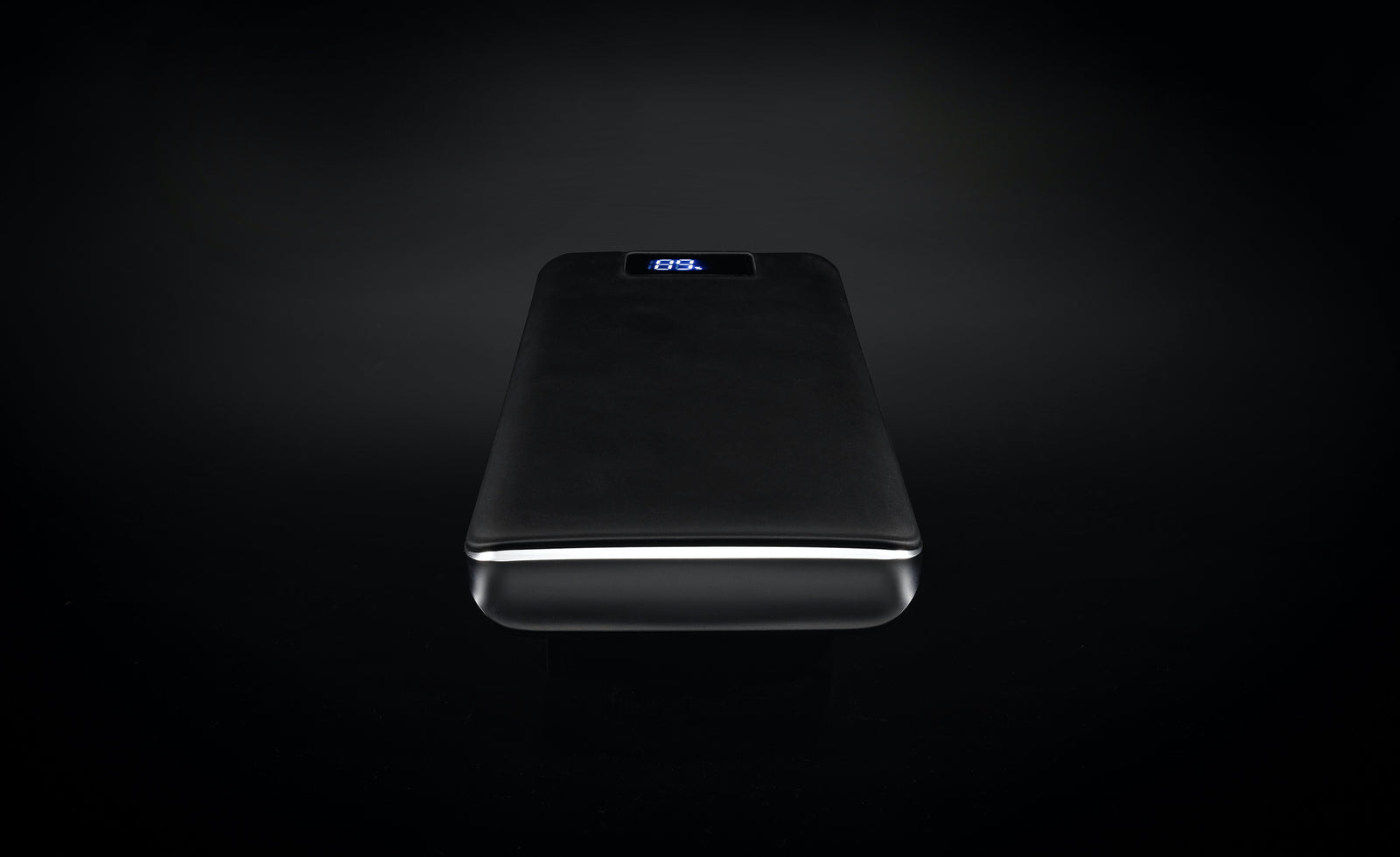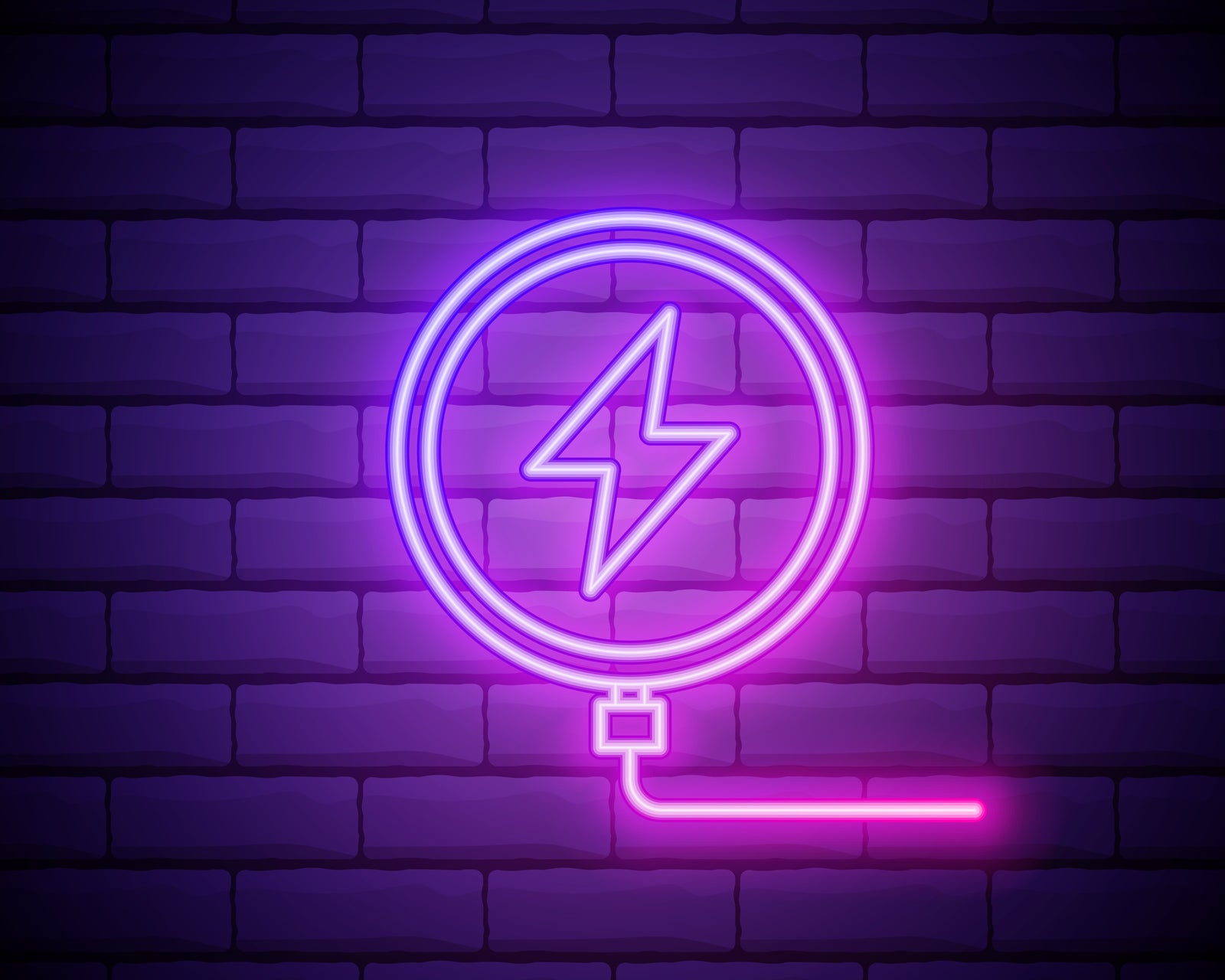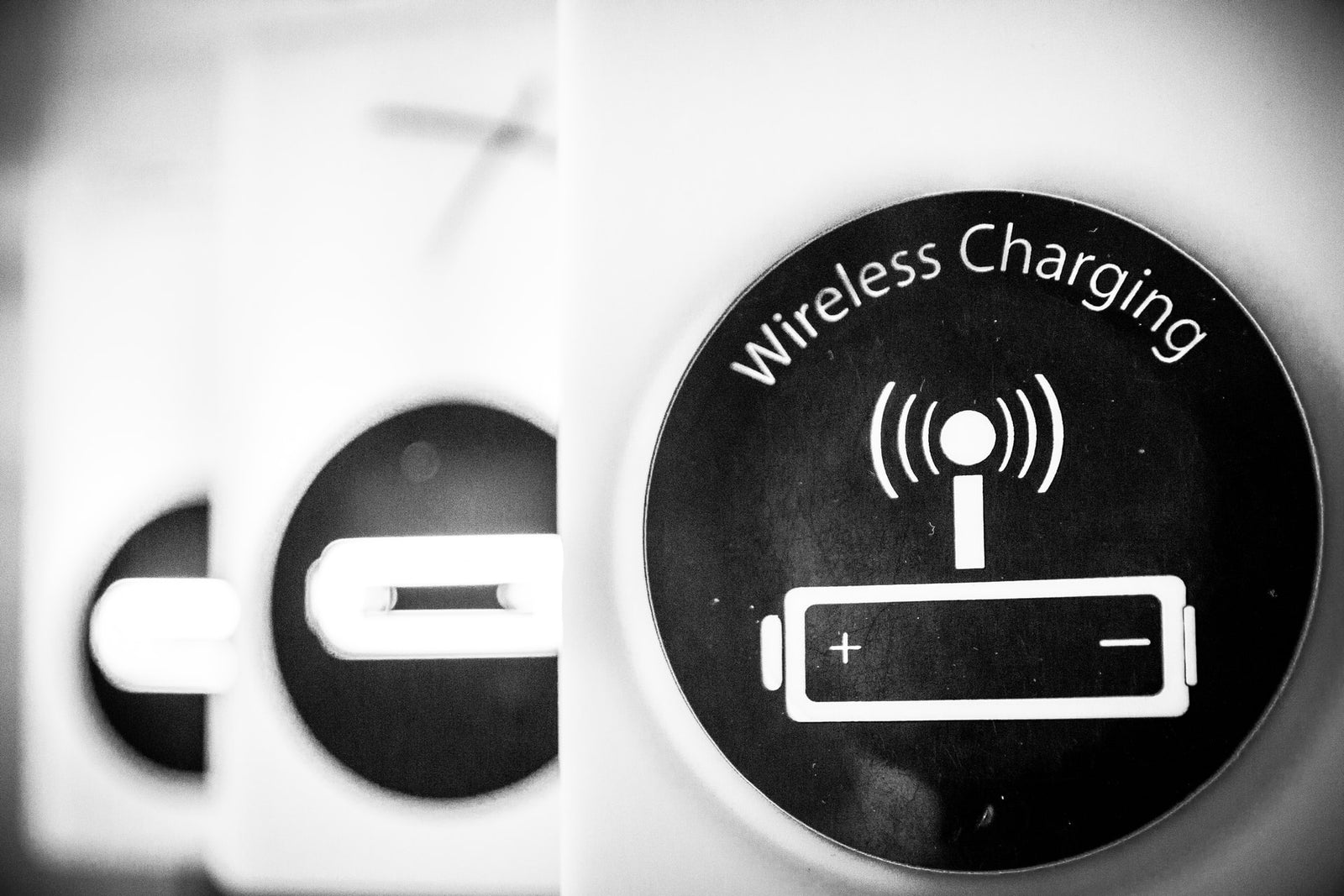
All About Qi
All About Qi
Although wireless charging is generally considered more practical and convenient for a variety of reasons, the fact of the matter is that even when used at low intensity, they still tend to heat up quite a bit.
The justification for getting a concealed wireless charger is pretty straightforward – people want to simply place their phone down on the table and have it charge without having to use any wires.
- acquire a desk qi charger
- clutter-free wireless chargers
- Investing in a hidden wireless charger
- reliable wireless charger
- 04 August, 2021
- 3 min read
There shouldn’t be any doubt on whether phones with wireless charging impact how people use smartphones in this day and age, because they do.
- in-desk wireless charger
- reliable wireless charger
- through desk wireless charger
- why invisible wireless charging
- 29 July, 2021
- 3 min read
You might be wondering at this point – ‘what exactly can I expect from a wireless charger upon purchase?’. Well, depending on the manufacturer, you are likely to receive:
- clutter-free wireless chargers
- reliable wireless charger
- using a concealed charger for all your charging needs
- 23 July, 2021
- 4 min read
We know for a fact that a personalized work environment leads to a more productive workday and that personal satisfaction has a major effect on a person’s creativity and willingness to perform.
- clutter-free wireless chargers
- Invest in a portable power bank with wireless charging capabilities
- reliable wireless charger
- speed and compatibility with wireless charging
- the long distance wireless charger experience
- through desk wireless charger
- through desk wireless charging
- 11 July, 2021
- 4 min read
Seeing how wireless chargers have been out for quite a few years now, certain questions are being asked more and more these days. For starters, people want to know exactly how safe it is to use a wireless charger on a daily basis and whether the wireless induction technology they employ has any negative effects.
We always hear people these days talk about how their lives have changed due to the emergence of new technologies and wireless chargers are definitely among the most widespread gadgets people have turned to over these past few years. Practical and effective, these chargers enjoy an impressive rise in popularity and understandably so.
Although the technology isn’t exactly new, many wonder about how exactly the technology works and whether it can actually penetrate certain objects. In other words, if you’re getting a through table wireless charger that promises to penetrate thick tabletops, can you expect it to actually deliver its penetrative charge on a consistent basis?
Even though the technology still has a long way to go considering its tremendous potential, the options one has in regards to wireless chargers are quite versatile right now. You can get your wireless charging under desk if need be, on the table, built into the furniture, or in a stand-alone form with a charging pad that you can set up anywhere you want.
Free from the constraints of plugging and unplugging, wireless chargers offer a much greater versatility when it comes to charging a wide range of modern devices. This, however, wasn’t always the case as we are about to find out. If anything, earlier wireless chargers were just as rigid and inconvenient as traditional chargers.
- acquire a desk qi charger
- clutter-free wireless chargers
- in-desk wireless charger
- reliable wireless charger
- 07 June, 2021
- 4 min read
The use of wireless chargers has increased a lot over these past few years and it’s easy to see why. Not only does wireless charging provide a practical alternative to traditional chargers but it also becomes a matter of convenience and accessibility for anyone who no longer wants to deal with clutter and loose wires around their desk.
Technology has come a very long way since and modern Qi-operating wireless chargers like the invisible wireless charger are miles ahead in every meaningful way. For starters, the 10W charge it delivers at distances of up to 20cm or more should speak volumes about the standards these chargers have come to reach.


















